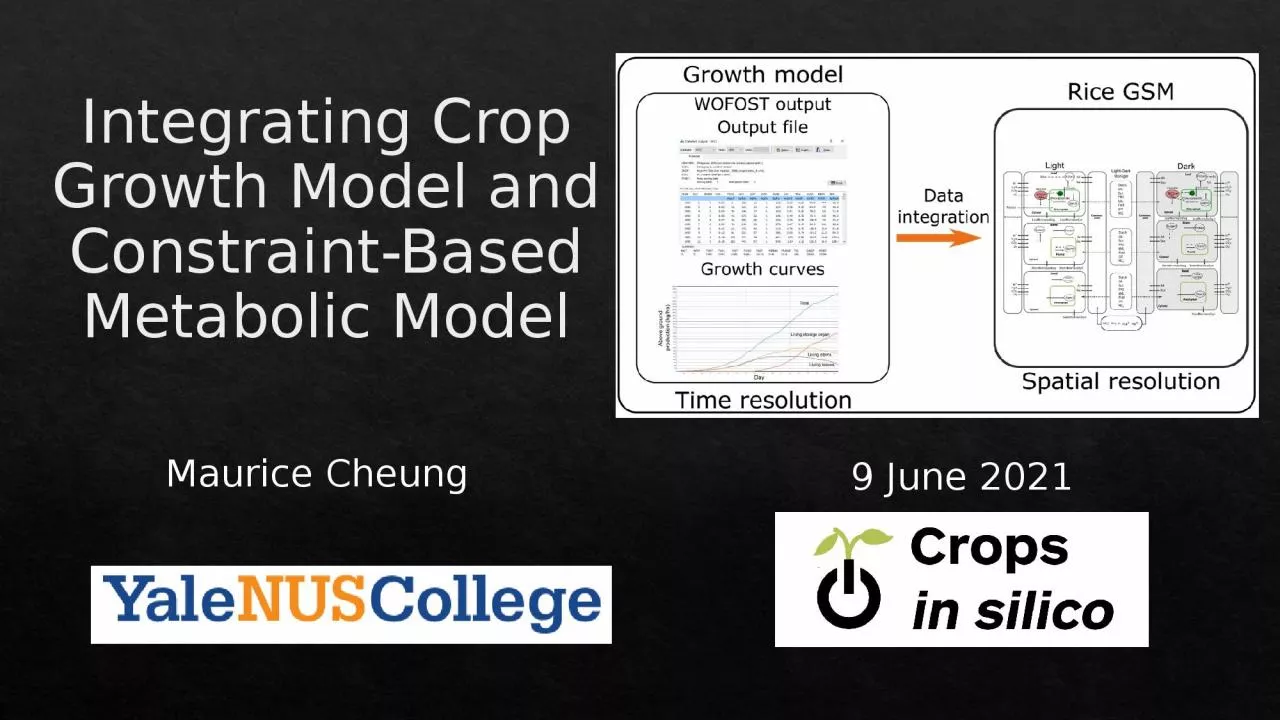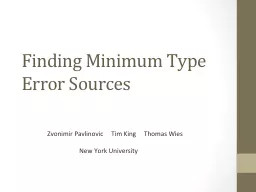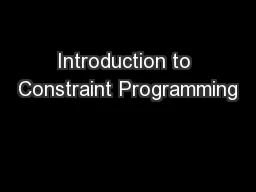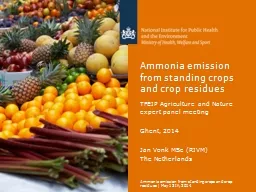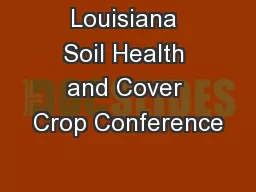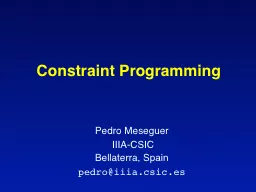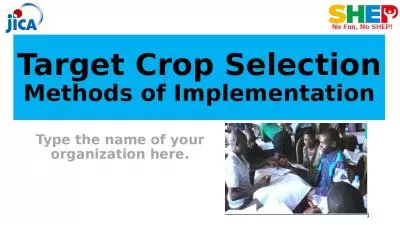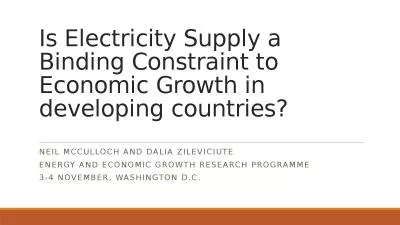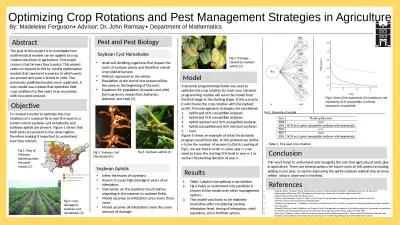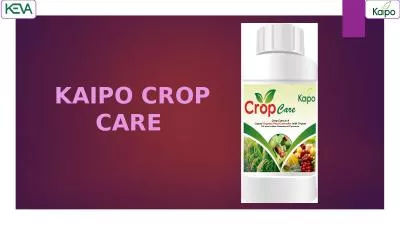PPT-Integrating Crop Growth Model and Constraint-Based
Author : PeacefulPassion | Published Date : 2022-08-03
Metabolic Model Maurice Cheung 9 June 2021 Acknowledgements Organisers of Crops in silico Rahul Shaw My former postdoc YaleNUS College a small liberal arts college
Presentation Embed Code
Download Presentation
Download Presentation The PPT/PDF document "Integrating Crop Growth Model and Constr..." is the property of its rightful owner. Permission is granted to download and print the materials on this website for personal, non-commercial use only, and to display it on your personal computer provided you do not modify the materials and that you retain all copyright notices contained in the materials. By downloading content from our website, you accept the terms of this agreement.
Integrating Crop Growth Model and Constraint-Based: Transcript
Download Rules Of Document
"Integrating Crop Growth Model and Constraint-Based"The content belongs to its owner. You may download and print it for personal use, without modification, and keep all copyright notices. By downloading, you agree to these terms.
Related Documents

